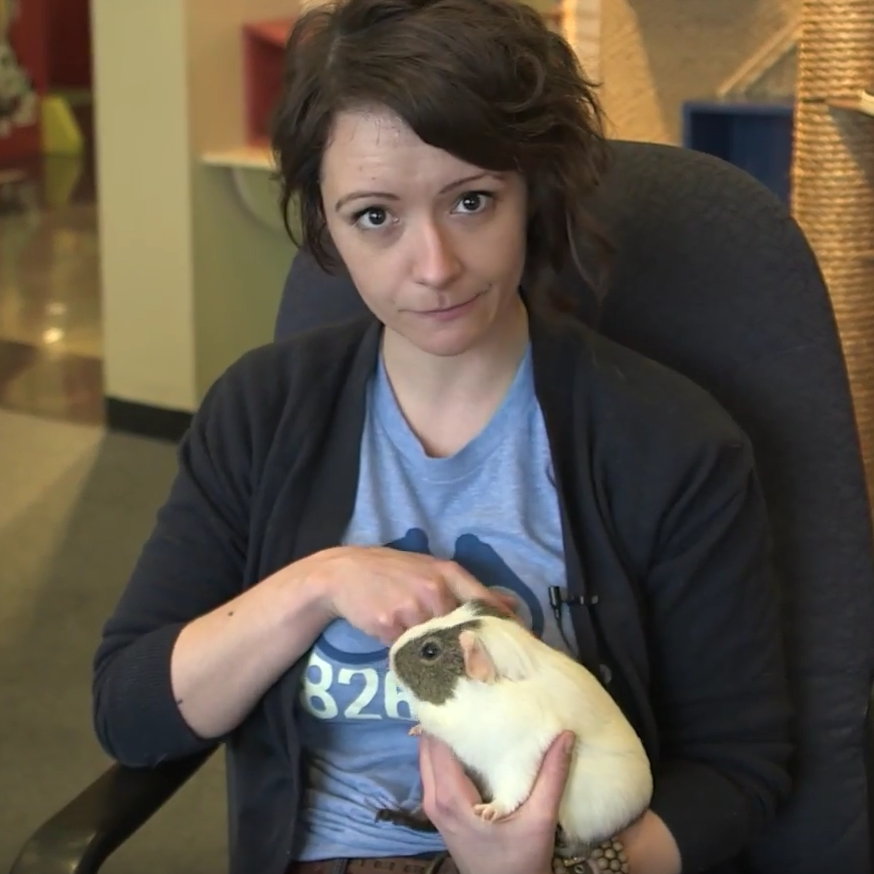It takes a village to raise a child. Everyday, parents send their children into the arms of other adults with the confidence that this person is going to care, educate, support and love their little one. Be it a preschool teacher, daycare facility, family member, babysitter, or nanny, this person acts as a surrogate parent and has the ability to deeply impacts a child’s life.
As a preschool teacher, I was devoted to providing the best care and guidance to little ones everyday. I am not alone. With roughly 80% of parents in the workforce, it is clear that raising a child is a community effort. For the majority of working parents, a facility, school, or family members are given the responsibility for helping raise a child. For some, the solution of balancing a child and work is a nanny.
Taylor has been a nanny to a single family for a year. As an assistant preschool teacher, she developed a bond with a then 13 month old Olivia. With Olivia’s sibling on the way the parents, Isabel and Jose, reached out to Taylor about becoming their full time nanny. Once Frida was born Taylor left the classroom and transitioned into the world of becoming a personal care giver.
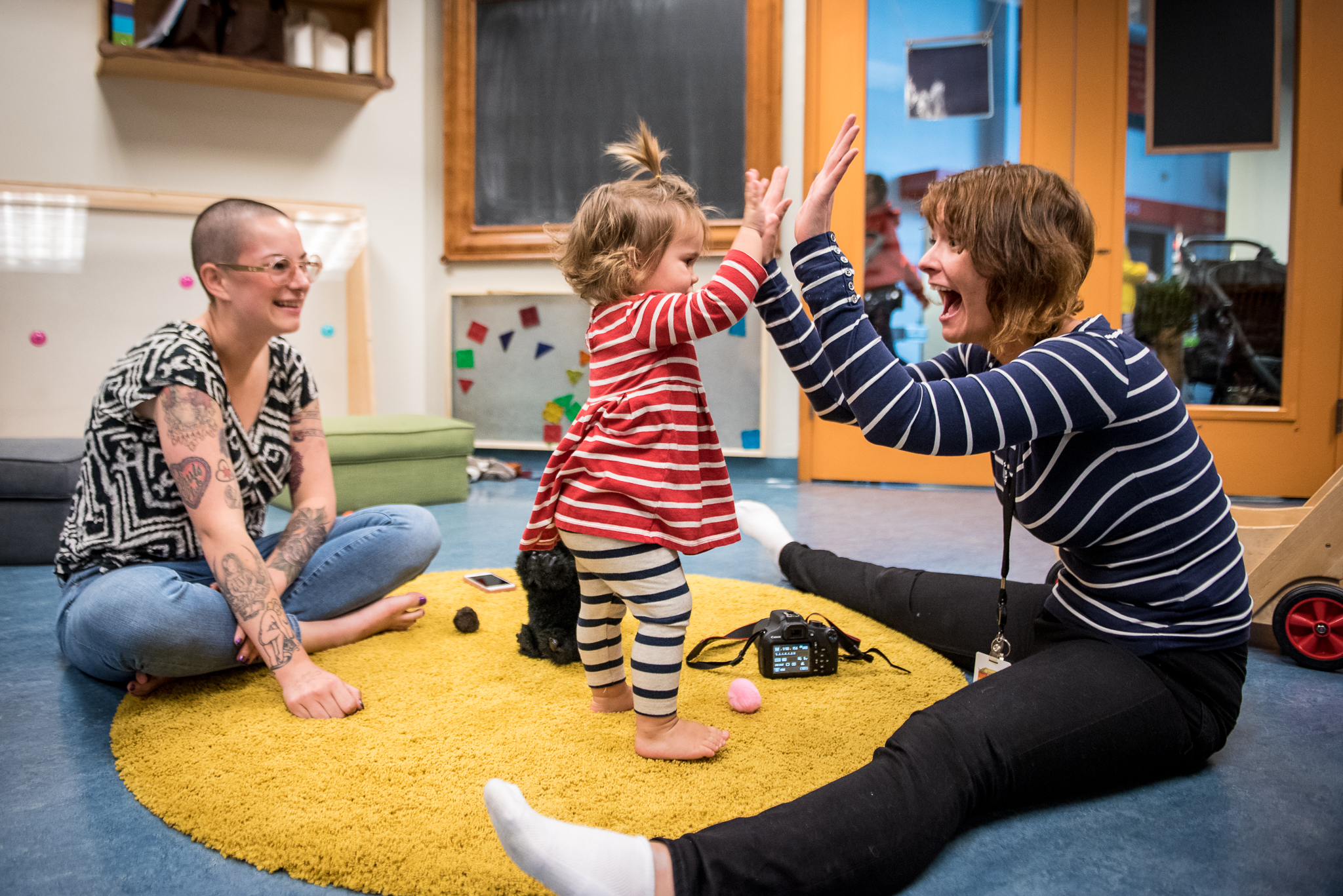
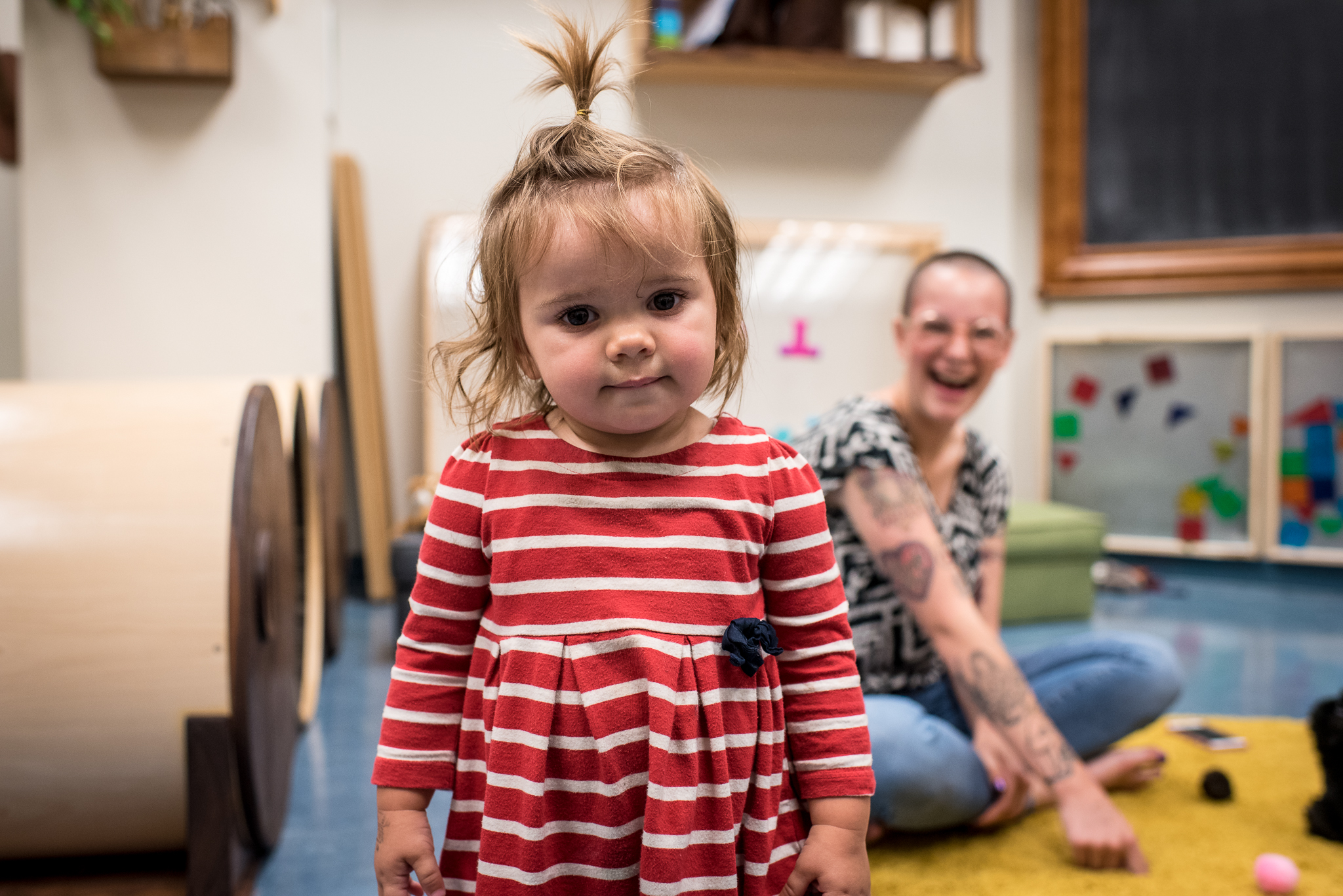
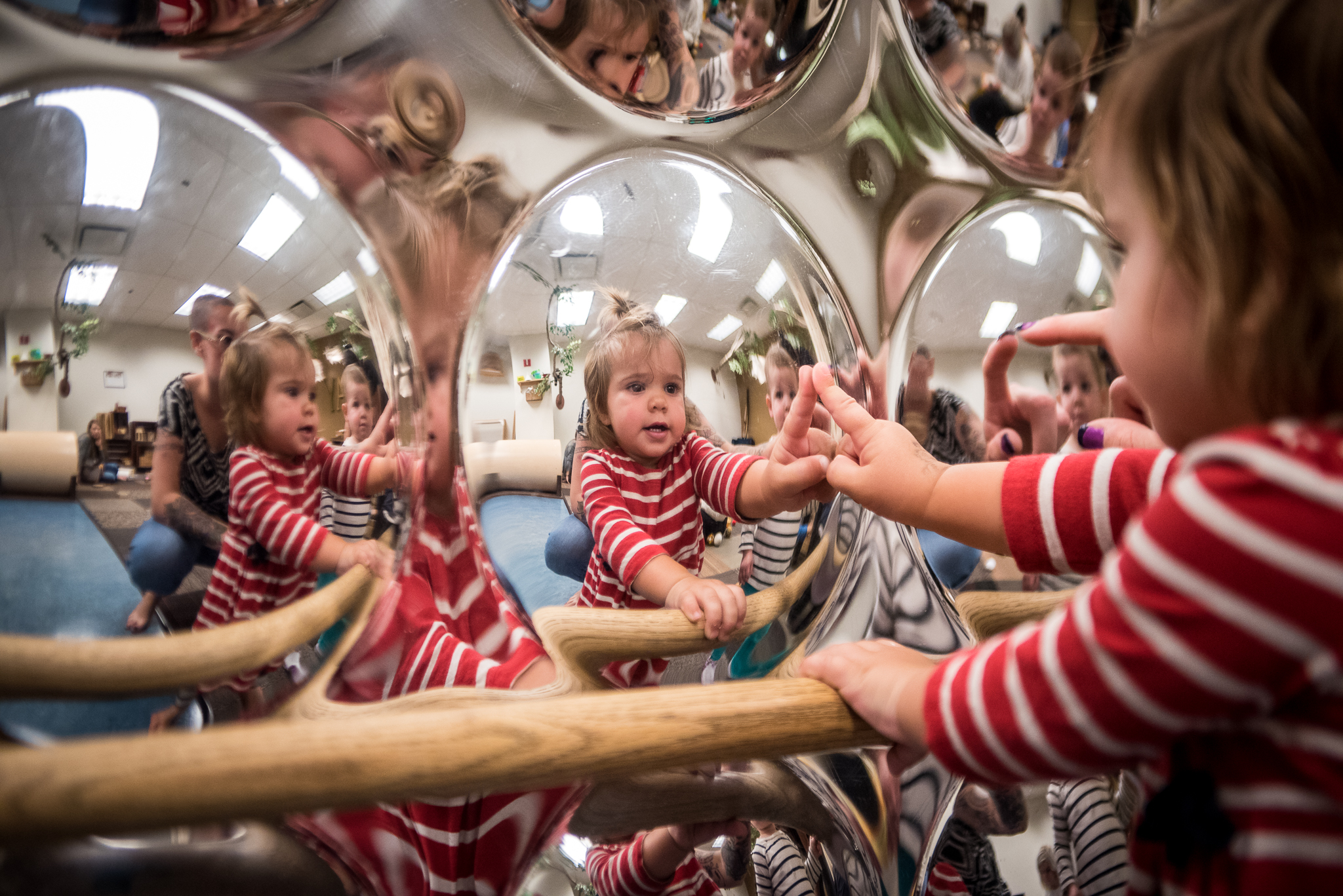

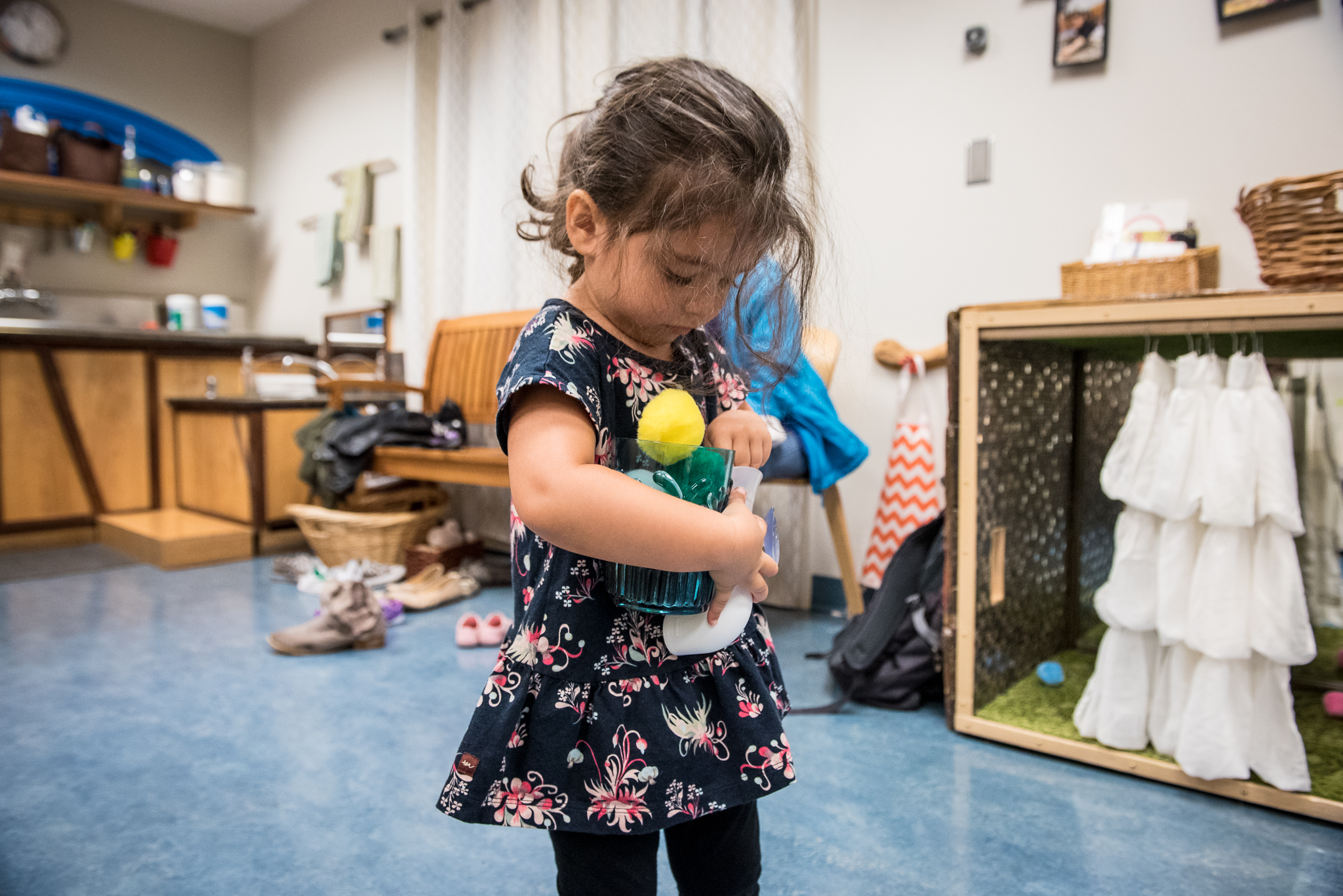
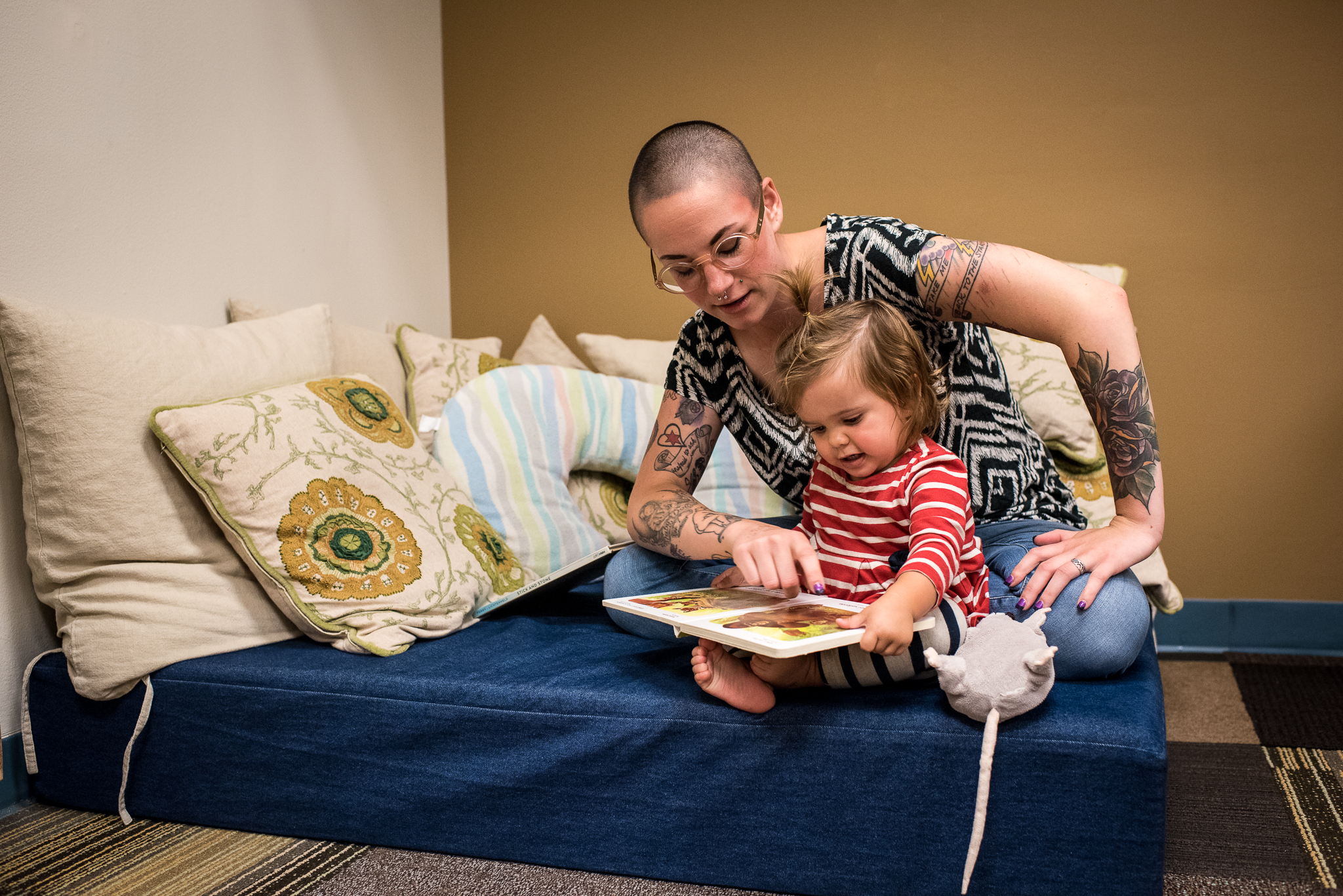
Q: Describe your job as a nanny.
A: I’m a third parent. I do, as well as I know, [that] they consider [me] a third parent, caregiver and this is my job. I’m there to help them learn and to help them grow. It is a different level of responsibility and care. More than a babysitter, more than a teacher. I am responsible to the girls and to the parents to care for these children the best I can.
Q: How is it different than being a preschool teacher?
A: The bond for sure. I’m so close with these girls. I’m with them all the time.
Q: How often are you with the kids?
A: Monday through Friday 8:30-4:30. Although, I’ll step in for a weekend if they need help or a date night. I’m with them a lot, it is a full-time job. It is a reason why the trust the parents have in me is so important. Why my time with them is so important.
Q: What impact would you say you have on them?
A: The fact that they are two young little girls, and I’m a woman, but more I am a woman who is challenging the ideas of what it means to be a woman. The way I live my life is outside of the norm. I think it is important for the girls to know that a woman can have 1/8th of an inch of hair, can have tattoos, doesn’t have to wear makeup. There are so many different ways I present myself to them. For me growing up in a beauty pageant world I wasn’t surrounded by women who represented more than one idea of feminism. I know that if I was to grow up surrounded by someone outside of the society norm, I could have been more myself. They’re one and two and a half. I want to impress the idea that the possibilities are endless and I will be right there next to them.
Q: How have they impacted you?
A: They’ve taught me that I can do more than I thought I could. My first thought when I found out I was going to be with a one-year-old and a five-month year old was, “wow this is going to be difficult.” I’ve never worked with infants and I thought there is no way I can do this. But watching them grow every day and seeing all the little nuances. It’s been amazing for me. It’s beautiful.
Q: What is your relationship with the parents?
A: A lot of respect. They ask my advice on the girls, and I take cues from them when it comes to what they want for their children. It’s a little work team. I am thankful that the family I work with are both my friends and employers. I think that makes a huge difference.
Q: What is the greatest part about being a nanny?
A: The relationship. As a preschool teacher I got a little bit of that, but with them it’s different. To watch them grow from being a little bread loaf to walking and running, it’s amazing. I’m not sure if I will ever have my own children and I feel like I am part of this community whose goal is just to help these little girls flourish.
- Mrs. Giannini




